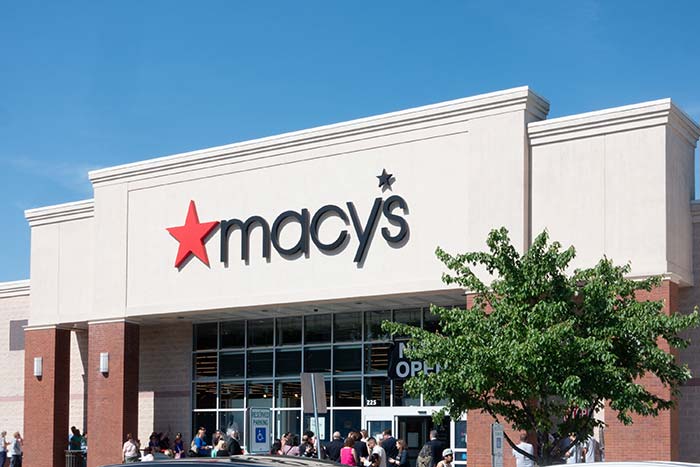Macy’s (NYSE: M) is one of America’s most iconic retailers – and one of my favorite places to shop. But lately, it’s been making headlines for its strategic transformation rather than its famous Thanksgiving Day parade.
The department store giant, which operates Macy’s, Bloomingdale’s, and Bluemercury stores nationwide, has seen its stock price bounce between $10 and $20 over the past year as it’s worked to reinvent itself for the modern shopper.
Let’s dig into the numbers to see whether (with apologies to Bob Barker) the price is right.
At first glance, Macy’s might look cheap – much like the clothing rack in its stores’ “Last Act” clearance section. Its enterprise value-to-net asset value (EV/NAV) ratio is 2.27, well below the average of 6.35 for companies with positive net assets. Put another way, you could theoretically buy all of Macy’s assets at a significant discount to what similar companies are worth.
However, there’s a reason for the steep discount: The company has posted negative free cash flow in three of the past four quarters.
When it does generate cash, though, it performs better than you might expect. Over the past four quarters, its quarterly free cash flow has averaged 4.01% of its net assets, compared with -9.05% for companies with similar cash flow patterns.
The numbers from Macy’s most recent quarter help add context to these figures. While sales dropped 3.8% to $4.9 billion, the company managed to expand its gross margin to 40.5%, up from 38.1% last year. That tells us that even though it’s selling less overall, it’s making more money on what it sells.
What’s driving this improvement? The company’s “Bold New Chapter” strategy seems to be gaining traction. Its “First 50” locations – test stores with enhanced staffing and merchandising – posted their second straight positive quarter, with comparable sales rising 1%. This success led management to expand some of these initiatives to 100 more stores.
Meanwhile, Macy’s luxury segments are holding steady, with Bloomingdale’s sales down just 0.2% year over year and Bluemercury’s actually growing 1.7%.
The company is also smartly monetizing underperforming locations, as it expects to close about 55 stores this year. This isn’t just cost-cutting – it’s value creation. These locations may be weak performers as stores, but they’re valuable real estate assets. Management noted strong demand from developers for these properties, and they’re only executing deals that would build shareholder value. In fact, asset sales totaled $36 million in Q2 alone.
Lastly, though Macy’s carries $3 billion in long-term debt on its balance sheet, it has maintained a healthy cash position of $646 million.
So what’s the bottom line?
While Macy’s low EV/NAV ratio might make it look like a bargain, the company’s mixed cash flow performance and ongoing transformation suggest that its current valuation is appropriate.
It’s making the right moves with its store strategy and maintaining solid margins, but it’s also still navigating a challenging retail environment.
The stock isn’t cheap enough to be a clear bargain, but it’s not expensive either – especially given the company’s still-solid market position and the progress it’s making on its turnaround strategy.
Sometimes the market gets it right, and this appears to be one of those times.
For now, The Value Meter rates Macy’s as “Appropriately Valued.”

What stock would you like me to run through The Value Meter next? Post the ticker symbol(s) in the comments section below.

